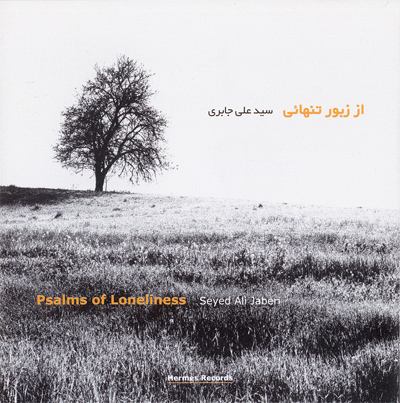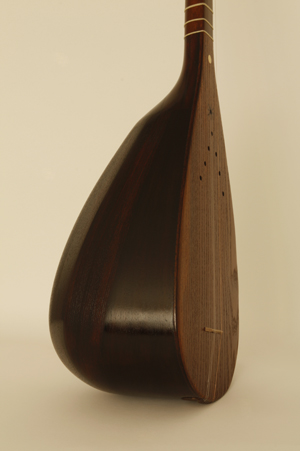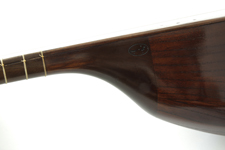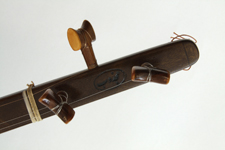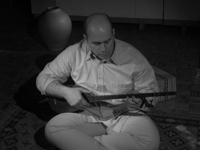|
Professional Kurdish Tanbour for sale
Reference Class
Tanbour with its different transcription and transliteration
forms like tambour, tanbur, tambur, tamboor or tanboor, refers
to various long-necked, fretted lutes originating mainly in
Iranian Kurdistan. Tanbour is one of the important instruments
of ancient Iran and the ceremonial and religious instrument of
Ahl-e-haq community. In the past two kinds of tanbour were
common: the Khorasani tanbour and the Baghdadi tanbour.
Tanbour is one of the few Iranian musical instruments, which is
sacred. In the Zikr gathering of Ahl-e-haq tanbour is the only
instrument, which can be brought to these meetings. This
instrument at present used most often in the Kermanshah
province, in the Kurdish regions of Goran, Sahne, Kerend, and
Gahvare, and in the northern part of Lorestan. Generally
wherever you can find a Yarsani community, a tanbour can be
found there as well.
Most of tanbours from Goran have a solid bowl body, while the
ones from Sahne mostly have a striped bowl body. The oldest
known tanbour with a striped bowl was made by Ostad Khodaverdi
120-130 years ago. His instruments are made from 7 strips.
The holes of the top:
There are some holes on the top of tanbour. The number and
position of these holes can vary from one maker to the other.
Frets:
Tanbours of the Goran region have usually 13 frets and the ones
from the Sahne region mostly 14 frets.
Santoori.com offers diverse professional and semi professional
quality tanbours from different regions of Iranian Kurdistan.
They all are made in and shipped from Kermanshah, Gahvare,
Sahne, or Kerend.
Gahvare
is a tanbour making town, where many people are great tanbour
makers. It is a town, where the making of this instrument has
its roots and tradition.
Many tanbour makers copied the famous tanbour maker from
Gahvare, the
late Ostad Assadollah Gahvare, for
solid body tanbours. The tanbours from Ostad Khodaverdi are now
some of the most important patterns for striped body tanbours.
Please see the follwing Tanbour videos for your reference:
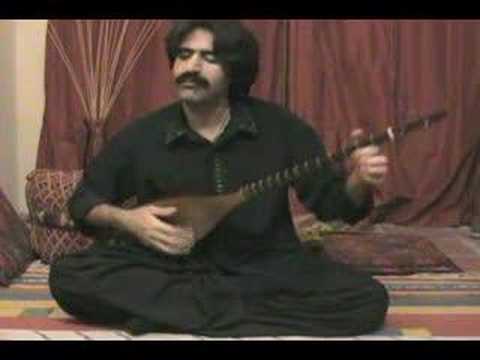

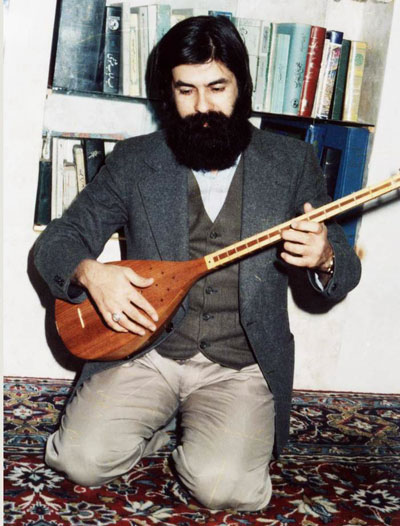
click on image
to play this video
|
